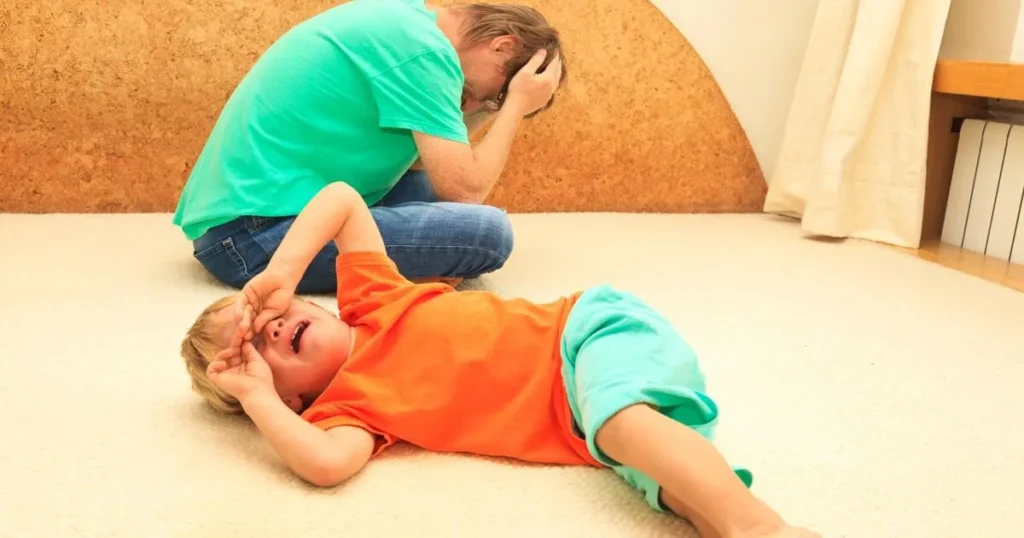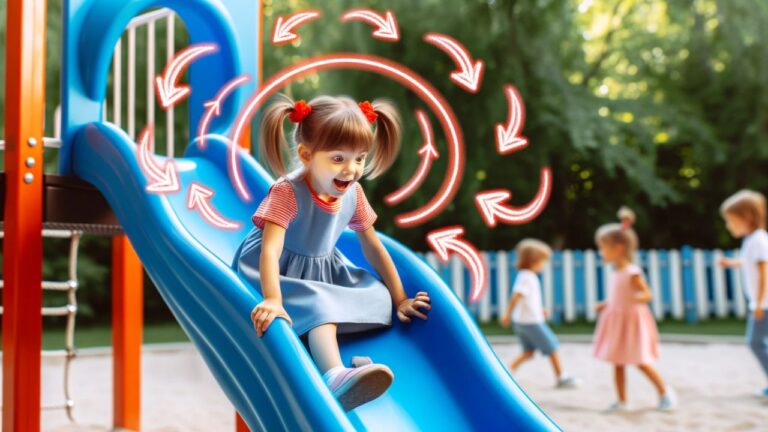Understanding the Tears: A Comprehensive Guide to Why Children Cry

Children cry. It’s a universal truth and an integral part of their development. However, as a parent or caregiver, it can often be frustrating and confusing to decipher the reasons behind those tears. This article aims to shed light on the most common reasons why children cry and provide practical strategies to address each cause effectively.
The Complexity of a Child’s Tears
Before a child learns to talk, their primary mode of communication is crying. Even after they start verbalizing, the reasons behind their tears may not always align with adult logic. From crying because the microwave “ate” their lunch to throwing a tantrum over not being allowed to eat dog food, children can find a myriad of unique reasons to cry.
However, it’s important to remember that crying can be a healthy expression of emotions. A study published in the Journal of Research and Personality found that crying often helps individuals feel better, especially if they have emotional support or if crying leads to a resolution or better understanding.
Common Reasons for a Child’s Tears
1. Your Child is Overtired
One of the most frequent reasons children cry is because they’re overtired. Lack of sleep can lead to tantrums and other outbursts of seemingly irrational behavior. Maintaining a routine sleep schedule can help minimize this.
Look out for signs of tiredness such as rubbing their eyes, yawning, or a glazed look in their eyes. If your child seems sleepy, it might be appropriate to put them down for a nap.
2. Hunger: A Common Cause of Your Child’s Distress
Just like adults, children can become irritable when they’re hungry. This physiological need can often manifest itself as tears, especially if it’s been a few hours since your child’s last meal or snack. Recognizing the signs of hunger and responding promptly can prevent a minor hunger pang from escalating into a full-blown meltdown.
Children, particularly younger ones, may not always communicate their hunger verbally, especially if they’re engrossed in play or other activities. Therefore, parents and caregivers must be attuned to their child’s eating schedule and watch for non-verbal cues of hunger. These can include mood swings, decreased energy, and increased agitation.
3. Your Child May be overstimulated
Children can become overwhelmed in loud or busy environments, leading to tears. If your child is crying seemingly for no reason and you’re in a location that’s loud or busy, try giving them a break. Take them to a quieter room and let them sit down for a few minutes to regain their bearings.
4. Your Child is Stressed
Stress is a significant reason for tears, particularly in older children. Kids can become stressed from being overscheduled or from events happening around them. It’s crucial to provide children with free time to play creatively and relax. Older children can benefit from learning skills to manage stress, such as deep breathing, meditation, exercise, and leisure activities.
5. The Cry for Attention: Understanding Your Child’s Emotional Needs
Children are inherently smart and quickly learn that crying is a powerful tool for grabbing attention. This is especially true when they feel their needs or desires are not being met. However, it’s essential to differentiate between cries that signal genuine distress and those that are primarily attention-seeking.
When your child resorts to tears to capture your attention, it can be tempting to immediately respond to pacify them. However, this could inadvertently reinforce the idea that crying is an effective way to get what they want. Instead, try to encourage positive behaviors that warrant your attention.
Show them that good behavior, such as playing nicely, using polite words, and adhering to rules, is a more effective way to engage your attention. This approach not only promotes better behavior but also helps your child develop healthier communication habits.
6. Your Child Wants Something
Young children often don’t understand the difference between wants and needs. When they want something, they may use tears to try and manipulate you. It’s important to show empathy but don’t let your child’s tears change your behavior.
7. Your Child Wants to Escape a Demand
Children may cry to avoid doing something they don’t want to do. Validate your child’s feelings but avoid getting into a lengthy discussion or a power struggle. Offer a warning outlining the consequences if they do not comply, and if your child doesn’t comply, follow through with a consequence.
When Professional Help is Needed: Recognizing the Signs
While crying is a normal part of a child’s development, there are instances when the frequency or intensity of crying might signal a deeper issue. If your child seems to cry more than what you perceive as normal, or if their tears cannot be easily consoled, it may be time to seek professional help.
In some cases, constant crying could be a symptom of an underlying medical issue, such as an undiagnosed ear infection causing discomfort or pain. Therefore, a consultation with a pediatrician can be invaluable in ruling out any physical ailments that might be causing your child’s distress. Once you have the assurance that your child is physically well, you can focus on addressing the emotional or behavioral aspects contributing to their frequent crying.
Sometimes, the solution might be simpler than you think. Your child might just need a little time to calm down, or they might be looking for reassurance that you’re there for them. Remember, every child is unique, and understanding the individual nuances of your child’s behavior is key to effectively addressing their tears.

Final Thoughts
Embracing the Journey of Understanding Your Child
Understanding the reasons behind your child’s tears is indeed the first step towards addressing them effectively. However, it’s important to remember that this understanding often comes with time and patience.
As parents and caregivers, we are constantly learning and growing alongside our children. Each tear, each tantrum, and each moment of distress provides a unique opportunity to better understand your child’s needs, emotions, and communication style.
Crying is a natural part of a child’s emotional development. It’s their earliest form of communication, and it continues to be a significant way for them to express their needs and feelings as they grow. It’s okay for children to cry. It’s more than okay – it’s normal and healthy.
However, it’s equally important to ensure that crying is not the only tool your child feels they have at their disposal. Encourage them to express their feelings and needs in other ways as they grow older and their communication skills develop. This could be through words, art, or even simple gestures. The goal is to help them feel confident and comfortable in expressing their emotions, in all their forms.
At the same time, it’s crucial to trust your instincts as a parent. If you’re concerned about the frequency or intensity of your child’s crying, don’t hesitate to seek professional help. There’s no harm in seeking advice or reassurance. After all, every child is different, and what’s normal for one might not be normal for another.
In the end, remember that parenting is a journey, not a destination. It’s about growing, learning, and evolving with your child. So, embrace the tears, the laughter, the challenges, and the victories. Each step brings you closer to understanding your child and strengthens the bond you share.






